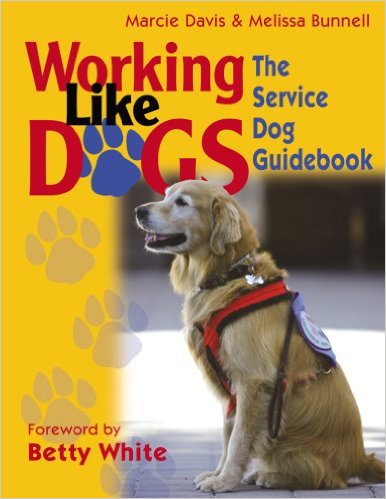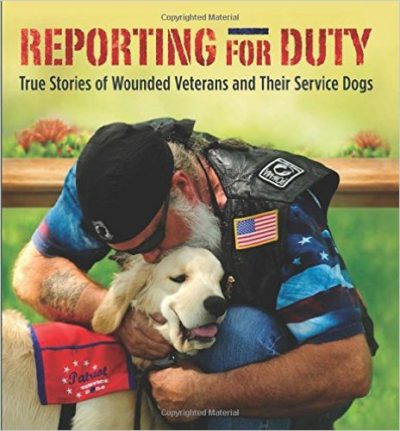
I have been waiting all week to watch Through A Dog’s Eyes on PBS. It finally aired this evening and it was a beautiful documentary of a group of individuals with disabilities who were receiving their first assistance dog through the Canine Assistants program in Georgia. The program highlighted several individuals’ experiences at the training camp and for the first few months after they returned home with their new service dog.
The program reminded me so much of my own training experience almost 17 years ago when I was placed with my first service dog, Ramona, in a similar program. Similar to these individuals, I was so inexperienced and naïve to the nuances of living 24/7 with an intelligent dog.
The documentary took me back to my own first day at Team Training and the anxiousness I was feeling as I met the other participants with disabilities and the dozens of trained dogs that were available to be placed with us as our new service dog. I will never forget how the trainer opened a door and beautifully groomed young vivacious dogs began pouring into the room. They were the most gorgeous dogs I’d ever seen and they were full of boundless energy and excitement.
They ran free through the large open room, sniffing our wheelchairs and jumping on some of our laps as they explored every inch of the room. We all sat their dumbfounded, secretly wondering which dog might be going home with us. That first day was so exhilarating and daunting.
As the trainer prepared us for the next two weeks of training, she made a comment that has always resonated in my mind. She said, “Your new service dog is not a robot. YOU have to motivate this dog to work for you. It is up to you to build the bond and the trust that will enable you to be an effective working team.” Boy, was she right. I have often thought of that comment over the years as I have transitioned from one service dog to another. Each time, I’ve had to start all over again and build the respect and trust with each canine partner.
Each dog has been different and exhibited sensitivities to different environmental and emotional triggers. They have different ways of playing and relieving stress. It takes a significant amount of time for me to learn my dog’s individual preferences and needs.
Building a relationship with a working dog is a commitment. Rarely is it automatic. Like any solid relationship, it takes time, work, perseverance and commitment. But when you think about it, these attributes really apply to all of the healthy relationships that we as humans hope to have, and I think that rings even more true for our relationship with our service dogs.
Whistle and I turned a corner in our relationship when I truly became sensitive to his needs and desires. When I learned to listen and to trust Whistle, he learned that he could trust and depend on me. I was the one who fed him, toileted him and played with him. He sleeps in my bed and he looks to me when he gets nervous. He is a part of me just like my wheelchair is a part of me. We have a reciprocal relationship. I help him and he helps me.
As I watched these new handlers on the documentary work with their dogs for the first time, I was reminded of all the work, sweat, and yes, even some tears, which go into building this unique bond between the canine and human service dog team members. It is one of the most beautiful relationships I have ever had the opportunity to experience and to observe. I am so hopeful for these new service dog teams. If they can learn to trust each other and if they will work hard together, then they both are in for a life altering experience that knows (nose) no limits.





